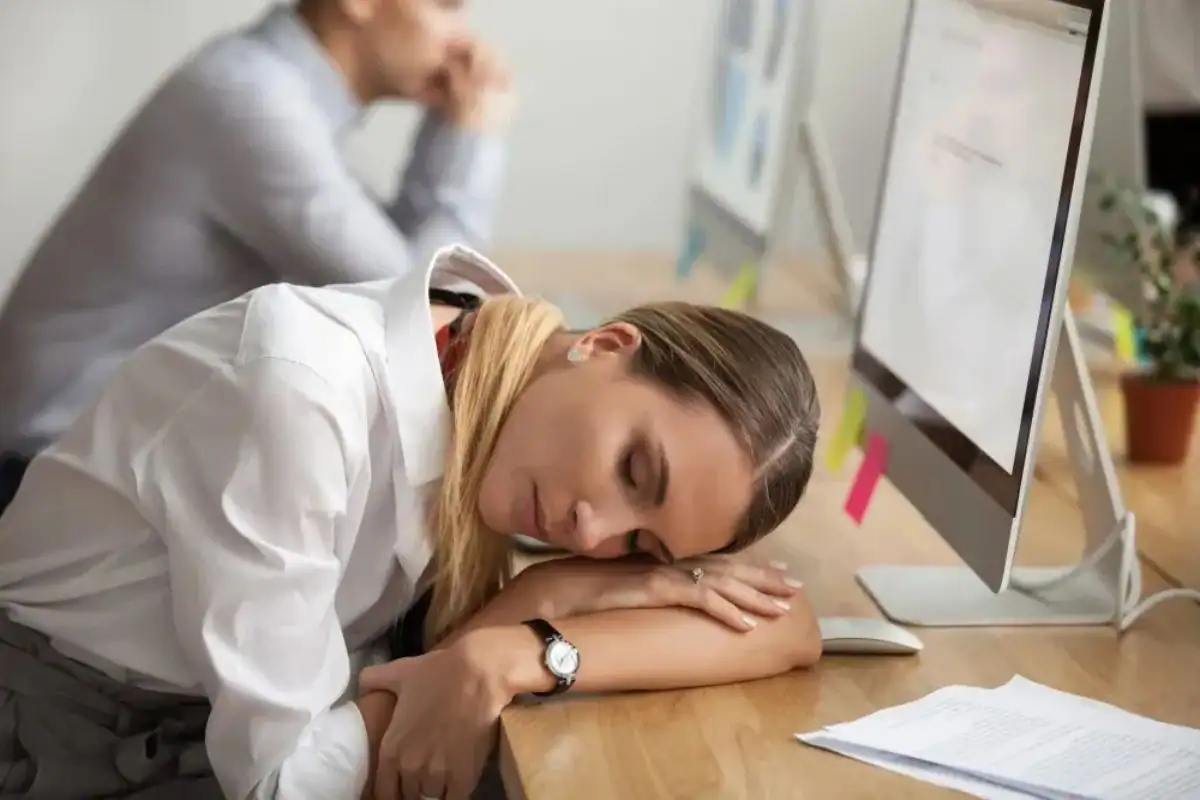Advertisement
Common Signs and Symptoms of Ankylosing Spondylitis
Updated: Nov 6, 2024
Advertisement
Ankylosing spondylitis is a long-lasting inflammatory condition that mainly targets the spine but can also impact other joints, as well as the eyes and intestines. Unlike common back pain, this spinal arthritis can severely affect mobility and even eyesight. Typically developing between ages 17 and 45, ankylosing spondylitis is seen more often in men, though many experts believe it might be underdiagnosed in women. Since it may start subtly, this condition often goes unnoticed until symptoms become more evident.
It Often Starts Like a Muscle Strain
The symptoms of ankylosing spondylitis may feel similar to a muscle strain initially. Many people visit their doctor with complaints of strained muscles, only to discover later that the pain is due to inflammation rather than an injury. Unlike regular back injuries, this inflammation requires specific treatments, making an early diagnosis essential for proper care. So if back pain doesn’t subside or keeps returning, it’s worth getting checked out.
Advertisement
Pain That Gradually Develops and Changes
Pain from ankylosing spondylitis can occur where tendons or ligaments attach to bones, not just in the spine. It may develop slowly, sometimes flaring up unexpectedly, and often worsens after resting or sleeping. For some, the pain may go unnoticed at first, while others find it intense enough to disturb sleep or prevent certain movements, like bending or twisting. If teenagers experience lower back pain, which is rare, it might be a sign of this condition and should be taken seriously.
Advertisement
Exercise Brings Relief Instead of Rest
While resting usually soothes regular back pain, ankylosing spondylitis pain often improves with exercise. In fact, the discomfort can feel worse in the morning or after long periods of inactivity. For this reason, doctors often recommend that people with ankylosing spondylitis maintain an active lifestyle, as physical movement helps manage inflammation and improves overall health.
Advertisement
Pain Spreading to Other Areas
Though ankylosing spondylitis typically begins where the spine connects to the pelvis, it can spread to other joints, including the shoulders, knees, elbows, and ankles. Symptoms may include swelling, stiffness, and a warm sensation in these areas. The progression and severity of the condition can vary significantly from person to person, making it difficult to predict exactly how it will develop in any individual case.
Advertisement
Chest Pain and Breathing Difficulty
In some cases, ankylosing spondylitis causes chest pain by affecting the joints between the breastbone and ribs. This can make breathing painful and even shallow, leading to less oxygen intake. Simple actions like coughing, sneezing, or taking deep breaths might become uncomfortable or even painful, impacting a person’s quality of life and energy levels.
Advertisement
Persistent Fatigue
One of the more general symptoms of ankylosing spondylitis is fatigue or a constant feeling of tiredness. While fatigue is common in many health conditions, ongoing tiredness without an obvious cause – like lack of sleep or physical exertion – could suggest a deeper issue. If this fatigue persists for days or weeks, it’s best to talk to a doctor about possible underlying conditions.
Advertisement
Eye Inflammation
Unexplained eye inflammation, especially if the eye appears red or feels sore, can be an early sign of ankylosing spondylitis. Individuals may also notice sensitivity to light or blurred vision. If these symptoms arise without any eye injury, it’s crucial to see an eye specialist or a primary care doctor promptly, as they could be related to the condition.
Advertisement
Bowel Issues and Inflammation
Ankylosing spondylitis may sometimes affect the intestines, leading to bowel problems similar to those seen in inflammatory bowel disease (IBD) or colitis. This can result in symptoms like persistent diarrhea or blood in the stool. These signs should be reported to a healthcare provider quickly, as they may require treatment and can help in identifying ankylosing spondylitis or related issues.
Advertisement
Difficulty Sitting Due to Pain
Pain in the buttocks is a somewhat common but unique symptom of ankylosing spondylitis, particularly where the spine meets the pelvis. This discomfort can make sitting down painful, especially after extended periods of inactivity. Pain in this area, unrelated to injury or exercise, should prompt a medical consultation. Individuals may also find that the pain is worse in the evening or early morning.
Advertisement
Finger or Toe Pain
Ankylosing spondylitis doesn’t only target the spine; it can also affect smaller joints in the fingers and toes. Swelling or pain in these areas without any known injury or nail issue could indicate inflammation due to the condition. Although not everyone with ankylosing spondylitis experiences finger or toe pain, it can be a noticeable symptom for those who do.
Advertisement
Scroll downfor the Next Article
.png)




